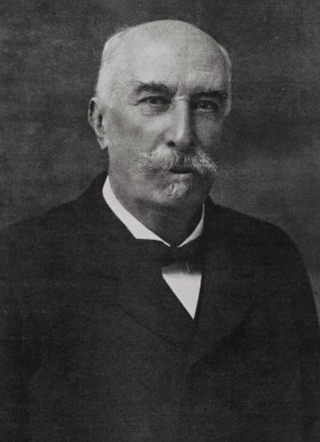
Giovanni Giolitti was an Italian statesman. He was the Prime Minister of Italy five times between 1892 and 1921. After Benito Mussolini, he is the second-longest serving Prime Minister in Italian history. A prominent leader of the Historical Left and the Liberal Union, he is widely considered one of the most powerful and important politicians in Italian history; due to his dominant position in Italian politics, Giolitti was accused by critics of being an authoritarian leader and a parliamentary dictator.
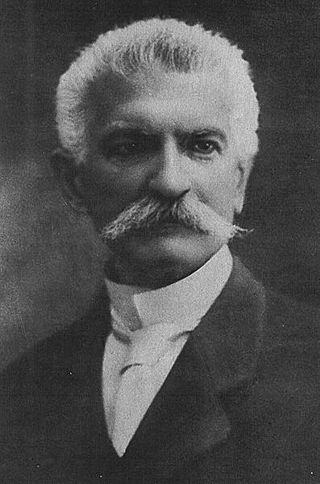
Sidney Costantino, Baron Sonnino was an Italian statesman, 19th prime minister of Italy and twice served briefly as one, in 1906 and again from 1909 to 1910. He also was the Italian minister of Foreign Affairs during the First World War, representing Italy at the 1919 Paris Peace Conference.
The Treaty of London or the Pact of London was a secret agreement concluded on 26 April 1915 by the United Kingdom, France, and Russia on the one part, and Italy on the other, in order to entice the latter to enter World War I on the side of the Triple Entente. The agreement involved promises of Italian territorial expansion against Austria-Hungary, the Ottoman Empire and in Africa where it was promised enlargement of its colonies. The Entente countries hoped to force the Central Powers – particularly Germany and Austria-Hungary – to divert some of their forces away from existing battlefields. The Entente also hoped that Romania and Bulgaria would be encouraged to join them after Italy did the same.
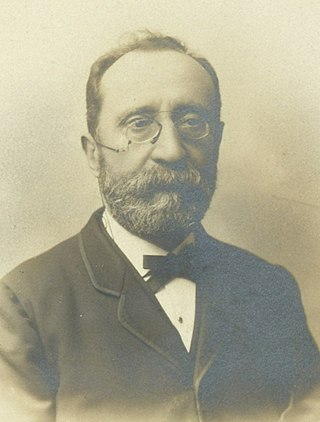
Paolo Boselli was an Italian politician who served as the 34th prime minister of Italy during World War I.
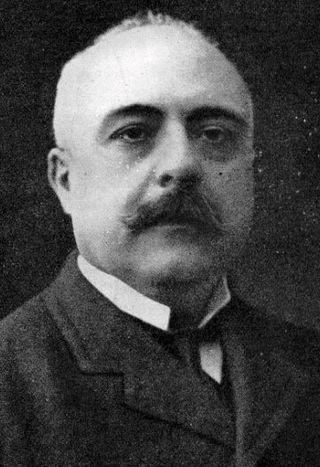
Antonio Salandra was a conservative Italian politician who served as the 21st prime minister of Italy between 1914 and 1916. He ensured the entry of Italy in World War I on the side of the Triple Entente to fulfil Italy’s irredentist claims.

Filippo Turati was an Italian sociologist, criminologist, poet and socialist politician.

Sonnino is a town and comune in the province of Latina, in the Lazio region of central Italy.

Vittorio Emanuele Orlando was an Italian statesman, who served as the Prime Minister of Italy from October 1917 to June 1919. Orlando is best known for representing Italy in the 1919 Paris Peace Conference with his foreign minister Sidney Sonnino. He was also known as "Premier of Victory" for defeating the Central Powers along with the Entente in World War I. He was also the provisional President of the Chamber of Deputies between 1943 and 1945, and a member of the Constituent Assembly that changed the Italian form of government into a republic. Aside from his prominent political role, Orlando was a professor of law and is known for his writings on legal and judicial issues, which number over a hundred works.

The Agreement of St.-Jean-de-Maurienne was an agreement between France, Italy and Great Britain, which emanated from a conference in a railway car at Saint-Jean-de-Maurienne on 19 April 1917 and signed by the allies between 18 August and 26 September 1917.
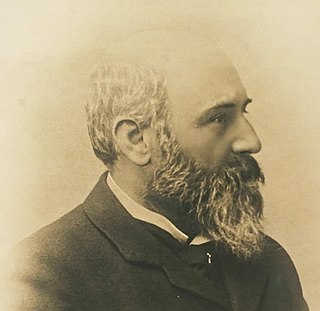
Leopoldo Franchetti was an Italian publicist, politician, and patron. He was a deputy in the Italian Chamber of Deputies and later became a Senator. He was very active in promoting education and concrete solutions for economic, social and political problems in Italy both through his own political initiatives and through his support of his wife Alice Hallgarten.
General elections were held in Italy on 7 March 1909, with a second round of voting on 14 March. The "ministerial" left-wing bloc remained the largest in Parliament, winning 329 of the 508 seats.
Mutilated victory is a term coined by Gabriele D’Annunzio at the end of World War I, used to describe the dissatisfaction of Italian nationalists concerning territorial rewards in favor of the Kingdom of Italy after the conflict.
Events from the year 1916 in Italy.
Events from the year 1915 in Italy.
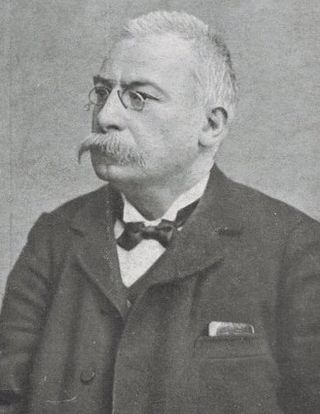
Ettore Sacchi was an Italian lawyer and politician. He was one of the founders and main leaders of the Italian Radical Party.
Events from the year 1906 in Italy.
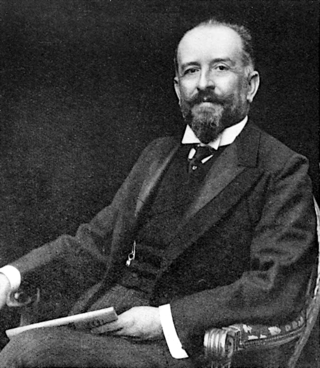
Antonino Paternò Castello, Marquess of San Giuliano, was an Italian diplomat and Minister of Foreign Affairs.
Events from the year 1909 in Italy.

Italy entered into the First World War in 1915 with the aim of completing national unity: for this reason, the Italian intervention in the First World War is also considered the Fourth Italian War of Independence, in a historiographical perspective that identifies in the latter the conclusion of the unification of Italy, whose military actions began during the revolutions of 1848 with the First Italian War of Independence.

The Sonnino II government of Italy held office from 11 December 1909 until 31 March 1910, a total of 110 days, or 3 months and 20 days.













